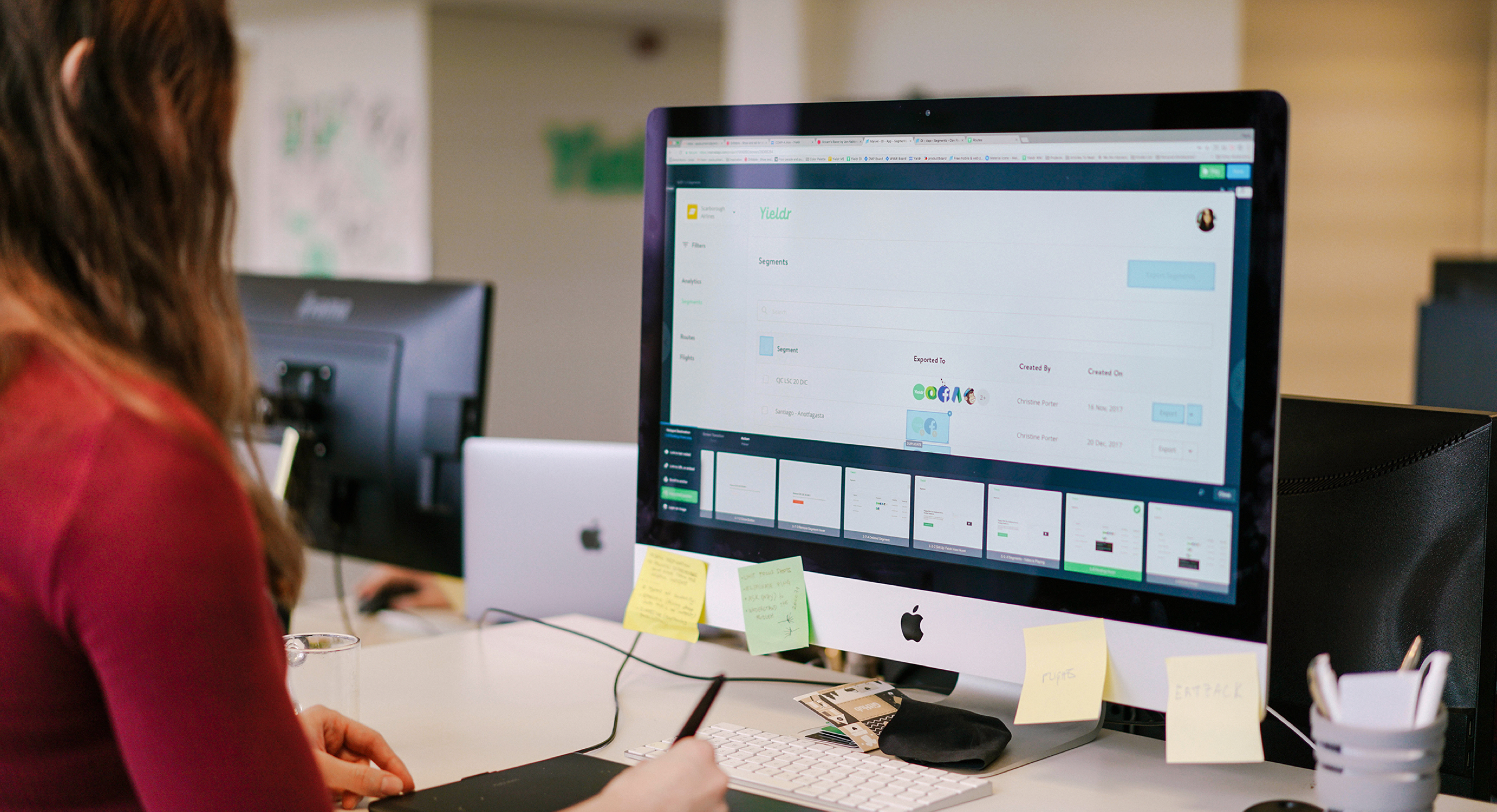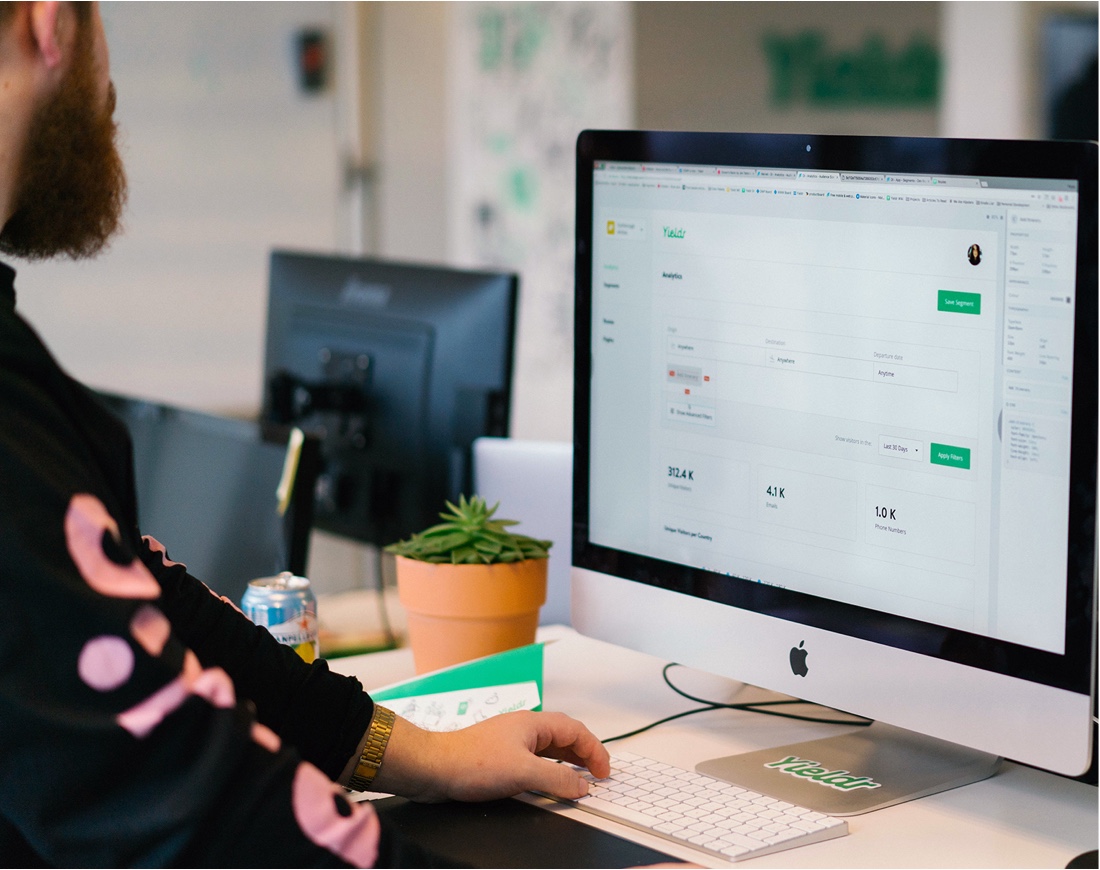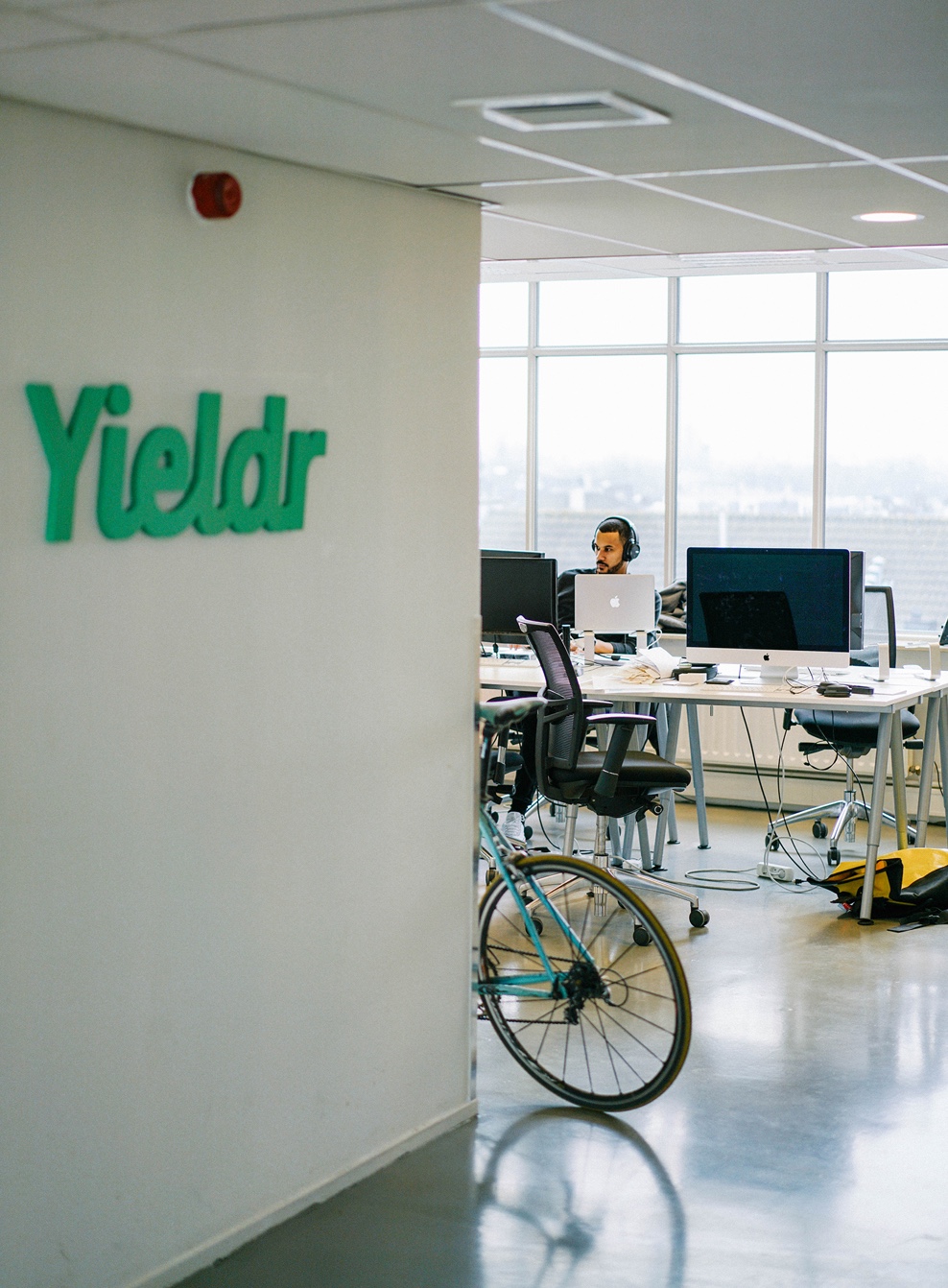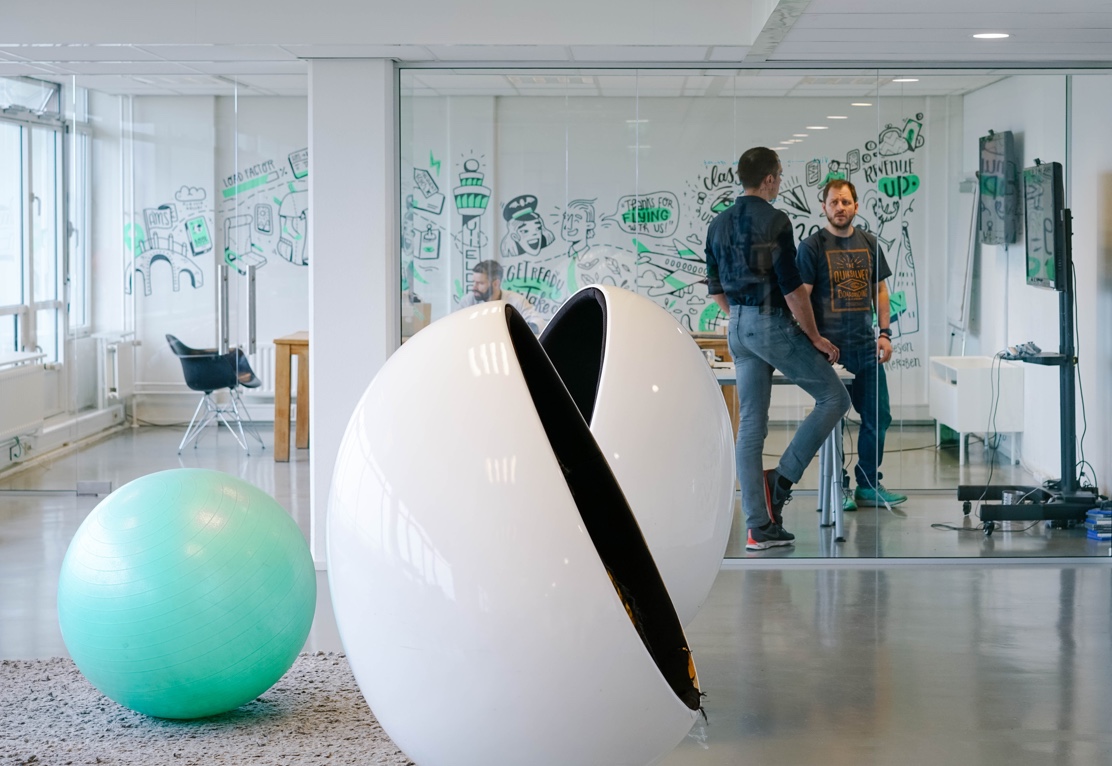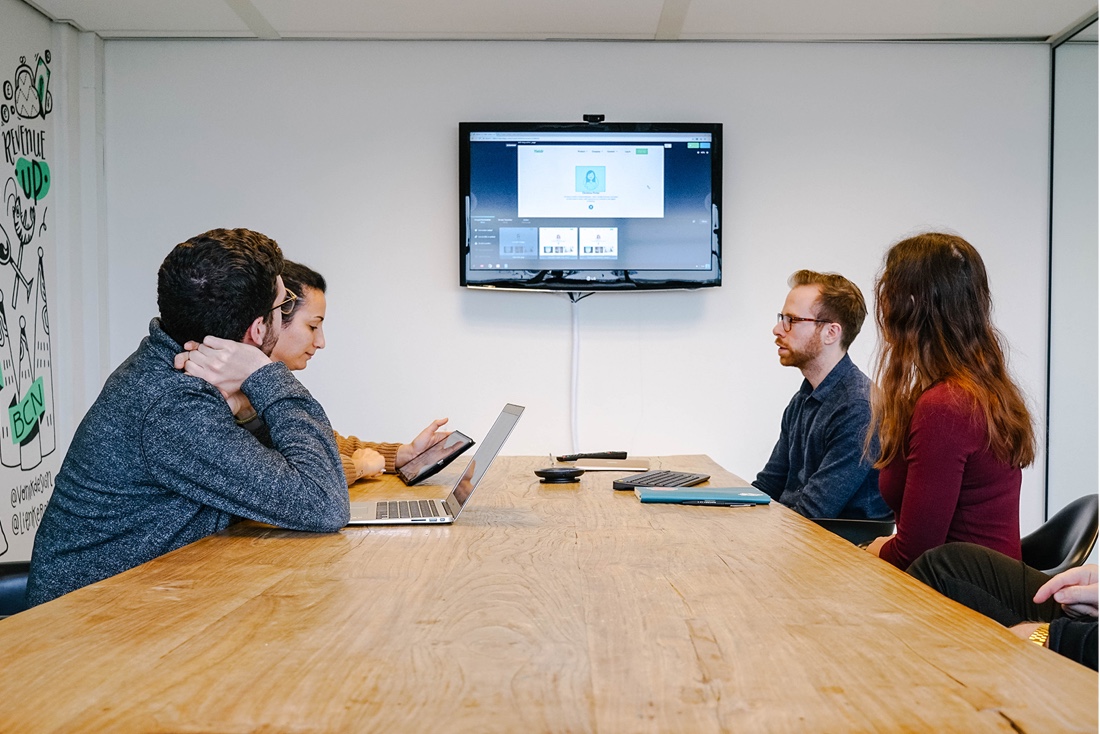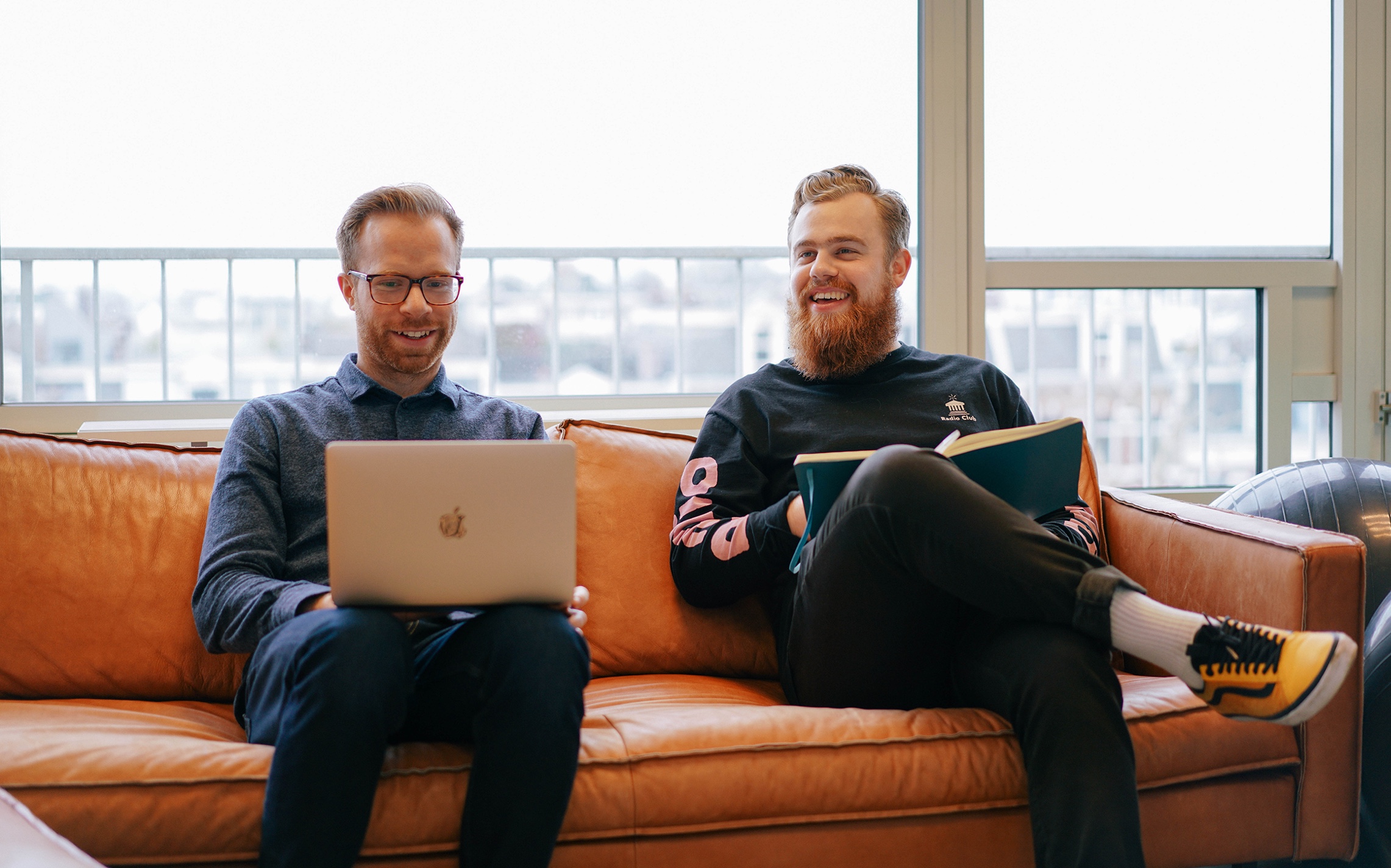Accelerating the aviation industry — How Yieldr increased productivity by 30% using Marvel’s Handoff tool
- 30%
Productivity increase
With Marvel’s Handoff tool, design and engineering worked together seamlessly
- 4x
Designs shipped
Marvel prototypes improved comms and reduced stakeholder back and forth
- 200%
Time reduction
With Marvel, decision making timeframes were faster and smoother
Industry: Advertising, Marketing
Locations: Amsterdam, Barcelona
Key Features: Handoff, Collaboration
Yieldr is a first of its kind company that helps airlines connect unsold seats with passengers most likely to buy. By being first, Yieldr has needed to be able to design, build and showcase its platform to potential customers quickly and clearly. Marvel’s Prototyping and Handoff features have proved vital to the company’s success.
“There’s currently no company that does what we do,” explains Joseph Vito DeLuca, the CMO of Yieldr. Joseph, along with Robin van der Vliet, the company’s head of design have helped create a service that lets airlines identify poor-performing routes, and connect them with passengers most likely to buy a seat onboard.
While the aviation industry is worth more than $600 billion to the global economy, almost 20% of seats go unsold. Airlines, on average make less than $10 of profit per passenger - meaning every penny counts. That’s where Yieldr comes in.
“In airlines, you typically have revenue management and marketing departments doing their own things to try to sell tickets,” says Joseph. Revenue management might slash ticket prices, without knowing if price was the main reason seats were empty. Marketing meanwhile, could spend thousands on ad campaigns, generate lots of clicks, but direct new passengers to flights that would sell out without the media pressure.
Yieldr brings those teams together on its simple to use SaaS platform. But trying to convince airlines that there is a better way of managing these two teams has been a challenge.
“Historically, we would have our product managers reach out to market to identify possible problems. They would then bring those back to the different teams, design, engineering etc. who would then have the tough task of trying to translate that into something tangible,” explains Robin. Using Marvel made that whole process a lot quicker.
Marvel has helped Yieldr overcome this challenge through facilitating their design process from prototyping to handoff. Like with any startup, building products requires collaboration across teams.
A new way to build features
“When we first started building this product for airlines, there was a lot of back and forth, and we didn’t really know what was being discussed, or what they were trying to say. But when we put the designs into Marvel, it was the first moment people could say “yes this is it” or “no this isn’t it,” explains Robin.
For Yieldr, prototyping in Marvel gave them something tangible to show to the aviation industry. It also allowed the design and development teams to be more efficient. “We could have spent six months discussing what we were going to build, instead of building something,” explains Robin.
Whilst the Handoff feature has allowed their designers to seamlessly provide engineering with the essential styling code for new features, making specs accessible and providing interactive context all in one place. Now, their developers can easily determine styling when moving into build - including sizes, distances and position of every element.
“It saves time in figuring out which prototype connects to which project. I don’t have to go back through Slack or email to find specs for a prototype or if it’s the latest one.”
This new approach has made the company more design driven. For Joseph and Robin, it has made them think more about the customer, and that it’s a collaborative process, with Marvel at the heart of it.
One of the more recent examples of this new design direction was building a product registration feature for clients.
“We built a prototype in Marvel, that allowed us to see it, click through it, and engineering to come back with potential issues. It changed everything,”
Democratising design
With that close collaboration, the time it takes for decisions to be made on designs has been slashed from days to hours, increasing productivity by as much as 30% according to Robin and Joseph.
Traditionally teams outside of the design and development part of a business are rarely given insight into that process. For Yieldr, Marvel changed that, democratising design across the whole company.
“When it came to building a new billing feature, we needed to include our own finance department to see how it affected their workflow,” says Robin. With Marvel, that was as simple as sending the teams a link to explore the new prototype Robin and his team had created within the app.
“Some departments can feel disconnected from the product. But Marvel allows them to look and see what’s going on. We’re now engaging teams typically not involved in building products.”
